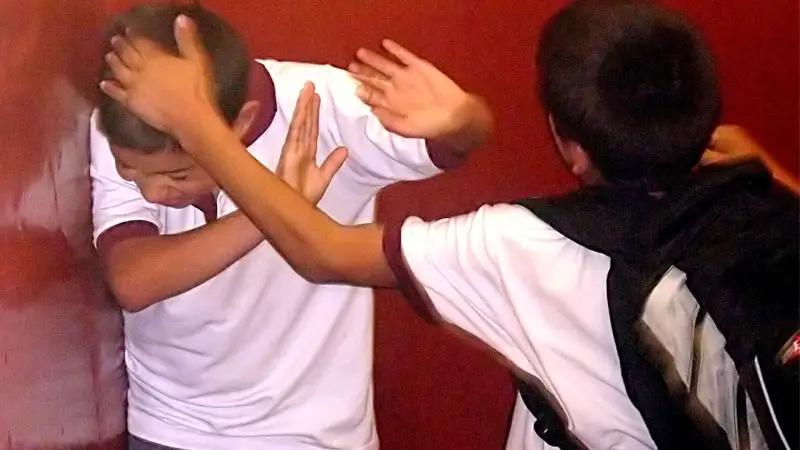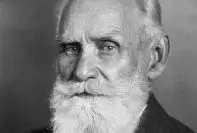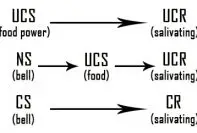Classical conditioning is a form of learning that deals with acquiring new information or behavior via the process of association. The theory was first discovered by the Russian physiologist Ivan Pavlov in early 1900 when he was experimenting on his dog Circa. Pavlov then went on to dedicate his entire life towards developing classical conditioning theories and also won the Nobel Prize for his contribution on the field.
Pavlov’s experiment is the classic example of classical conditioning. But, classical conditioning experiment was still not done in humans until JB Watson and Rayner came about to prove that the theory also applied in humans. The Little Albert experiment performed by two scientists unlocked many doors to further study the subject matter.
Examples
Classical conditioning learning occurs in our daily life, we just fail to notice them. There are plenty of daily life activities we can associate with classical conditioning learning. Some of which have been listed below:
To properly understand how classical conditioning works, first you must properly understand the basic theory of classical conditioning. The concept is really easy to understand.
Example 1

When the first kid starts crying because of the pain of the needle piercing through his/her body, all kids down the line start to cry and eventually, every kid on the line is crying even before they see the needle. This is a perfect example of classical conditioning, where crying is the behavior learned via classical conditioning.
Example 2

If a student is bullied at school, they may start hating the school and respond with fear at the very thought of school.
Students might also dislike particular subjects if they have been humiliated or punished by the particular teacher of the subject. This behavior might even continue throughout the academic career of the student.
Example 3
Classical conditioning is not a natural occurring phenomenon and conditions can be manually organized to learn new behavior. For instance, a teacher can create positive classroom environment to help students overcome anxiety or fear.

By creating a condition where students are made to perform in a group, students can overcome such anxiety-provoking situations. In the long run, students learn to speak in front of a mass, and help to be relaxed and calm.
Example 4

Suppose, in an office you regularly eat lunch at 12pm. In the office, you have a colleague who immediately alerts everyone about the lunch time. Eventually, you might not even check the time when your colleague reminds you that it’s lunch time. Even if it’s just 11 am, you might feel that it’s already lunch time. This is because your response to hunger has been conditioned with the sound of your colleague’s voice.
Overall
Classical conditioning phenomenon continuously occurs in our surrounding. To generalize, almost every kind of behavior we acquire with the association of conditioned and unconditioned stimulus falls under the category of classical conditioning.
The four examples mentioned are general activities that can be related with classical conditioning phenomenon. You could think of plenty more such conditions occurring everyday, which can be explained with Classical Conditioning theory.
Some other examples of classical conditioning learning can be found in Military, where cadets are trained to react to certain sounds and situations with this phenomenon. Similarly, best athletes in the world react faster (footballer to a ball), due to repetitive association with their sport.
Classical conditioning is a powerful tool that can be applied in various ways. JB Watson, in his book, has said, “Give me a dozen healthy infants, well-formed, and my own specified world to bring them up in and I’ll guarantee to take any one at random and train him to become any type of specialist I might select – doctor, lawyer, artist, merchant-chief and, yes, even beggar-man and thief, regardless of his talents, penchants, tendencies, abilities, vocations and the race of his ancestors”.




